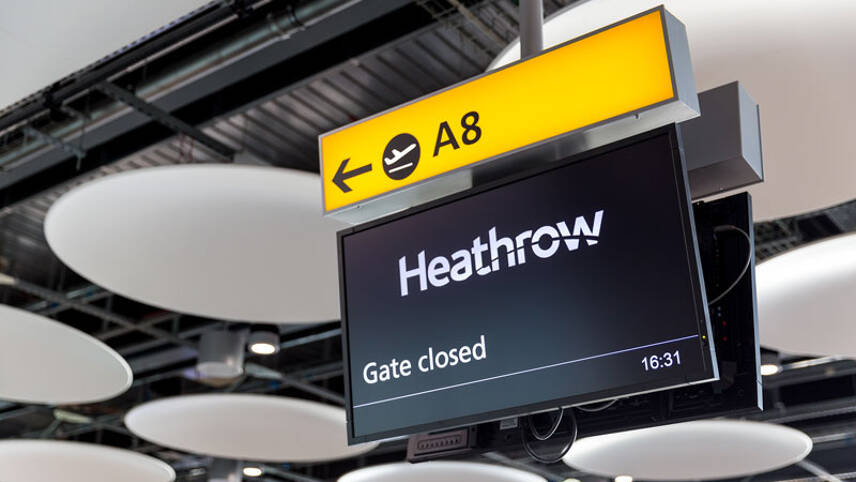Register for free and continue reading
Join our growing army of changemakers and get unlimited access to our premium content

It hopes that the incentive, which involves the airport paying for half of the price difference between traditional kerosene fuels and SAFs, will result in 2.5% of the fuel being used at Heathrow in 2024 being SAF.
This is up from around a 1.5% SAF share in 2023.
Heathrow has set aside £71m for the initiative in 2024.
The airport is notably aiming for its airlines to use an 11% SAF mix in 2030. It is encouraging the uptake of SAF derived from used cooking fuels and other waste streams, given the controversies around producing SAFs using biofuel crops.
Heathrow is urging the UK Government to intervene to a greater extent to create economies of scale for SAF. This would reduce the extent to which airports and airlines would have to stump up extra costs.
Ministers are currently consulting on a SAF revenue certainty mechanism in a bid to de-risk investment for would-be developers of SAF production plants.
Also in the works is a SAF mandate, which would compel an increase each year in the mix of SAF in total fuel supply. Ministers have set out a 10% target for 2030, increasing to 70% by 2050.
Further details of the SAF mandate are due in the first quarter of 2024 and it should be enshrined in law by the start of 2025. Also by that point, the UK Government should have announced a strategic decision on hydrogen in aviation.
Heathrow’s director of carbon Matt Gorman said: “Heathrow’s first of its kind incentive scheme has seen SAF use at the airport ramp up in recent years. Now, the Government needs to capitalise on this strong demand and legislate for a revenue certainty mechanism to enable a home-grown SAF industry, before it is too late for the UK to benefit from jobs, growth and energy security this would bring.”
Gorman alluded to the fact that governments including those in the US and EU are in the process of significantly scaling public funding for SAF and other low-carbon sectors.
Chancellor Jeremy Hunt was under pressure to set out a British rival to the US’s Inflation Reduction Act at the Autumn Statement this week, but this was not forthcoming. There were, however, confirmations of £4.5bn of funding for manufacturing with a net-zero focus, and a host of measures intended to spur the modernisation of electricity grid infrastructure.
SAF state of play
Current international regulations on aircraft design limit the maximum SAF blend to be used on any flight to 50%. The industry is pushing for this to be lifted to 100% as innovation investments are made to develop and launch pioneering new aircraft.
Later this month, Virgin Atlantic will operate what it believes is the world’s first commercial flight powered by 100% SAF. The plane will travel from Heathrow Airport to JFK Airport in New York on 28 November.
Different organisations report different levels of carbon reduction on a lifecycle basis from SAF use. Heathrow has estimated that a 70% reduction compared with Kerosene would result from using 100% SAF.
The UK Government defines SAF as any fuel with a total lifecycle emissions footprint 60% lower than traditional jet fuel.
Related article: Research casts doubt over low-carbon options for aviation


Please login or Register to leave a comment.